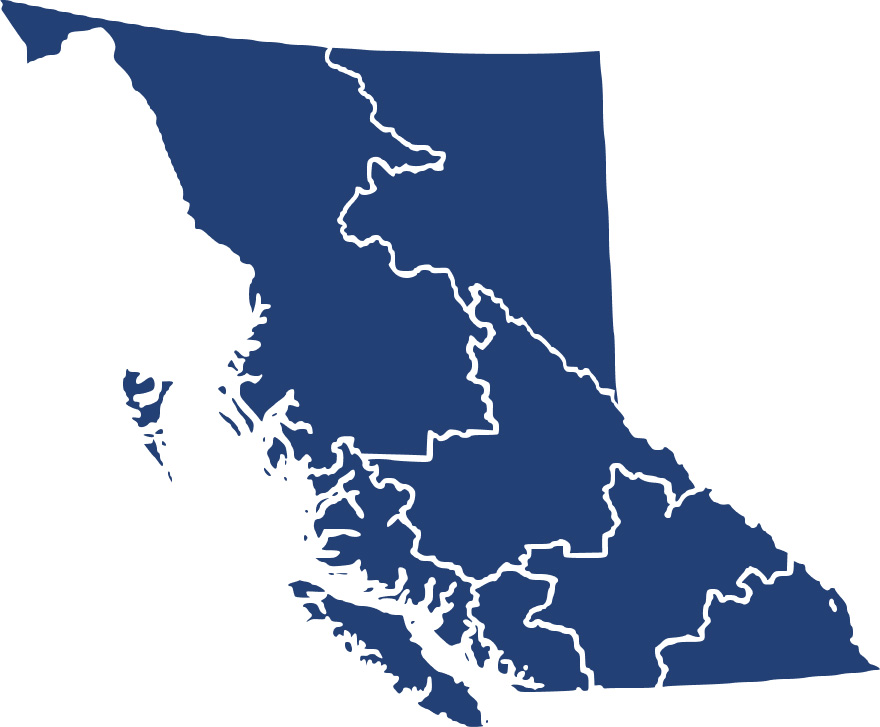Career Overview
Woodworking machine operators:
- Set up, program and operate one or more woodworking machines to make or repair wooden parts for furniture, fixtures or other wood products
- Work in furniture, fixture and other wood products manufacturing establishments
Duties
Woodworking machine operators perform some or all of the following duties:
- Set up, program and operate one or more computer numerically controlled (CNC) or manual woodworking machines such as saws, moulders, lathes, routers, planers, edgers, pressing machines, shapers, drills and sanders to fabricate or repair wooden parts for furniture, fixtures and other wood products
- Run gluing machines to glue pieces of wood together or press and stick wood veneer to wood surfaces
- Run preset special-purpose woodworking machines to make wood products such as coat hangers, mop handles, clothes pins and other products
- Read and interpret specifications or follow verbal instructions
- May clean and lubricate equipment, and replace parts as necessary
Earnings
Earnings is income that workers receive in exchange for their labour. Depending on the type of employment, earnings can be in the form of wages (hourly), salaries (fixed monthly or annual) or self-employed earnings.
Work Environment
# Workers Employed
705% Employed Full Time
68%Key aspects of the work in this occupation:
- Work takes place in an indoor plant environment
- Workers may be exposed to harmful chemicals
- Working with machinery, equipment and hand/power tools may be a source of injury
- Workers may be exposed to flying particles such as wood chips and sawdust in the work environment
- Workers may be exposed to noise that could impair hearing
- The workplace may contain toxic or strong odours
Career Pathways
Movement is common among jobs in this group.
Progression to supervisory positions is possible with experience.
Related Careers
Occupational Interests
It’s important to understand what kinds of occupations align with your interests.
For more about occupational interests visit Skills for the Future Workforce > Characteristics.
Here are the top occupational interest(s) for this career profile:
Job Titles
Education, Training and Skills
- Some secondary school education is usually required
- On-the-job training is usually provided
- Experience as a labourer in the same company may be required
Education programs in B.C.
The following program areas are related to this occupation:
- Academic/Basic Upgrading

Skills
Every job calls for a certain set of skills. Knowing those skills is the first step in finding a good career fit.
Here, you will find the 10 most relevant workplace skills. Some are more important to achieving success in a certain career than others. These skills may come naturally to you or you may need to gain them through education, training and experience.
See the list of work-related skills below, ranked in order of importance for this career. Check out the list and see if this career matches your skills—take that first step!
Watching gauges, dials or other indicators to make sure that a machine is working properly.
Controlling operations of equipment or systems.
Conducting tests and inspections of products, services or processes to evaluate quality or performance.
Keeping track of and assessing your performance, other individuals, or organizations to make improvements or take corrective action.
Using logic and reasoning to identify the strengths and weaknesses of alternative solutions, conclusions or approaches to problems.
Determining causes of operating errors and deciding what to do about it.
Giving full attention to what other people are saying, taking time to understand the points being made, asking questions as appropriate, and not interrupting at inappropriate times.
Talking to others to share information effectively.
Performing routine maintenance on equipment and determining when and what kind of maintenance is needed.
Managing one’s own time and the time of others.
Labour Market Statistics
Discover data, facts and information that have been gathered and analyzed. Learn about the characteristics of the economy and labour market in B.C.
Employment
Find out about employment types and trends by region and industry.
Employment
705Employment by Region















| Region | Employment | % Employment of this Occupation |
|---|---|---|
| Cariboo | 45 | 6.4% |
| Kootenay | 35 | 5.0% |
| Mainland/Southwest | 385 | 55.0% |
| North Coast and Nechako | 20 | 2.9% |
| Northeast | 0 | 0.0% |
| Thompson-Okanagan | 135 | 19.3% |
| Vancouver Island/Coast | 75 | 10.7% |
Labour Market Outlook
The B.C. Labour Market Outlook is a 10-year forecast of the expected supply and demand for labour in the province. It’s usually updated every year. The purpose is to provide British Columbians with the knowledge to make informed decisions on careers, skills training, education and hiring.
Forecasted Job Openings (2023-2033)
150Forecasted Job Openings
Forecasted Employment Growth Rate
Composition of Job Openings
Job Openings by Region (2023-2033)















| Region | Job Openings | Avg. Annual Employment Growth |
|---|---|---|
| Cariboo | 0 | -2.9% |
| Kootenay | 10 | 0.0% |
| Mainland/Southwest | 90 | -0.5% |
| North Coast and Nechako | Not available | Not available |
| Northeast | Not available | Not available |
| Thompson-Okanagan | 30 | -0.2% |
| Vancouver Island/Coast | 20 | -0.3% |
Industry Highlights
Learn about the opportunities in B.C.'s major industries, including employment trends, earning potential, locations of work and more.
Forecasted Job Openings by Industry
| Industry | Job Openings (2023-2033) |
|---|---|
| Manufacturing | 110 |
| Construction | 10 |
| Professional, Scientific And Technical Services | 10 |
| Information, Culture And Recreation | 10 |
| Business, Building And Other Support Services | 0 |
Resources
-
BC Building Tradeswww.bcbuildingtrades.org
-
British Columbia Construction Association (BCCA)www.bccassn.com
-
Canadian Home Builders’ Association of British Columbia (CHBA BC)chbabc.org
-
Canadian Wood Council (CWC)www.cwc.ca
-
Naturally:woodwww.naturallywood.com
-
Trades Training BC – Jobs Boardwww.tradestrainingbc.ca/jobs
-
Wood Manufacturing Council (WMC)www.wmc-cfb.ca/








